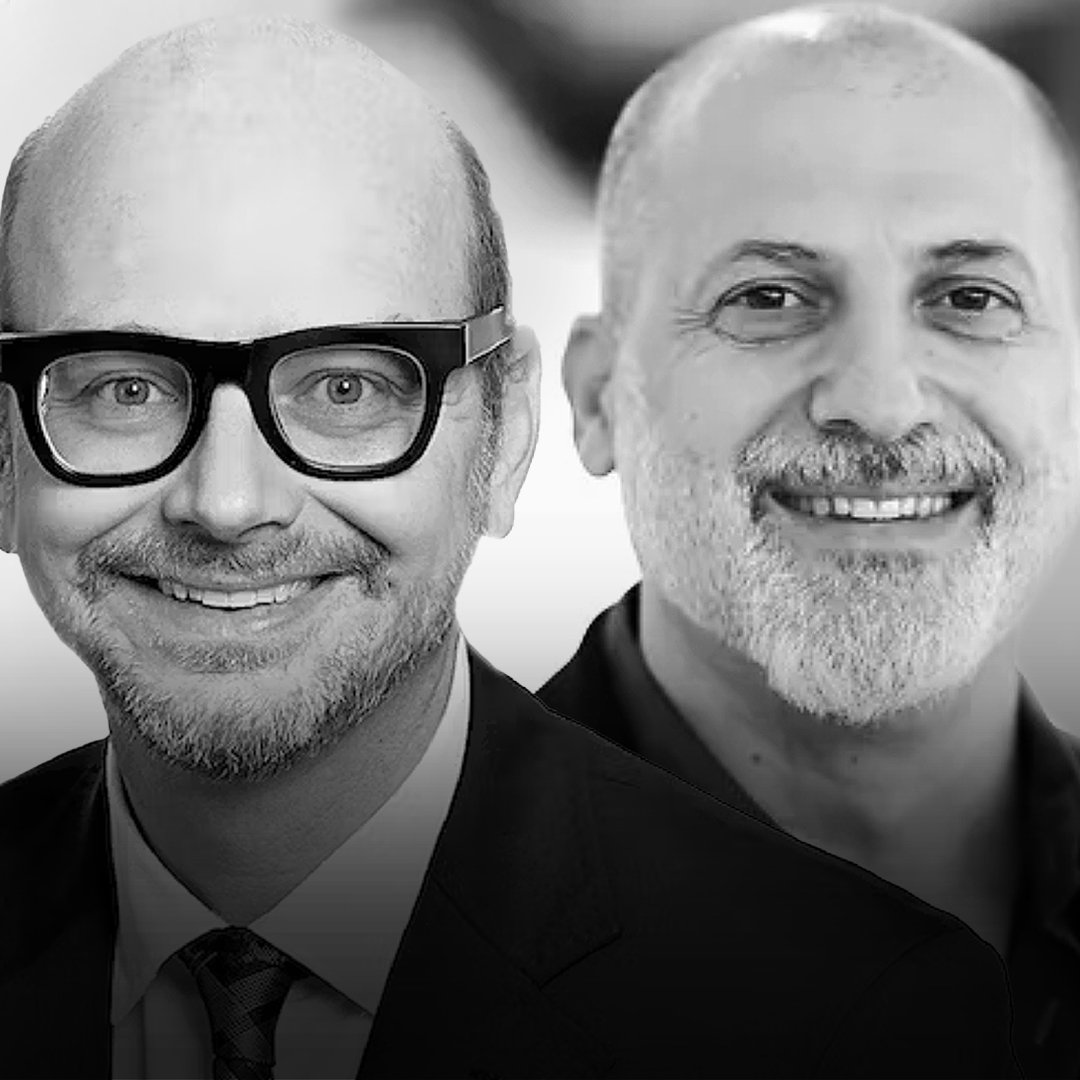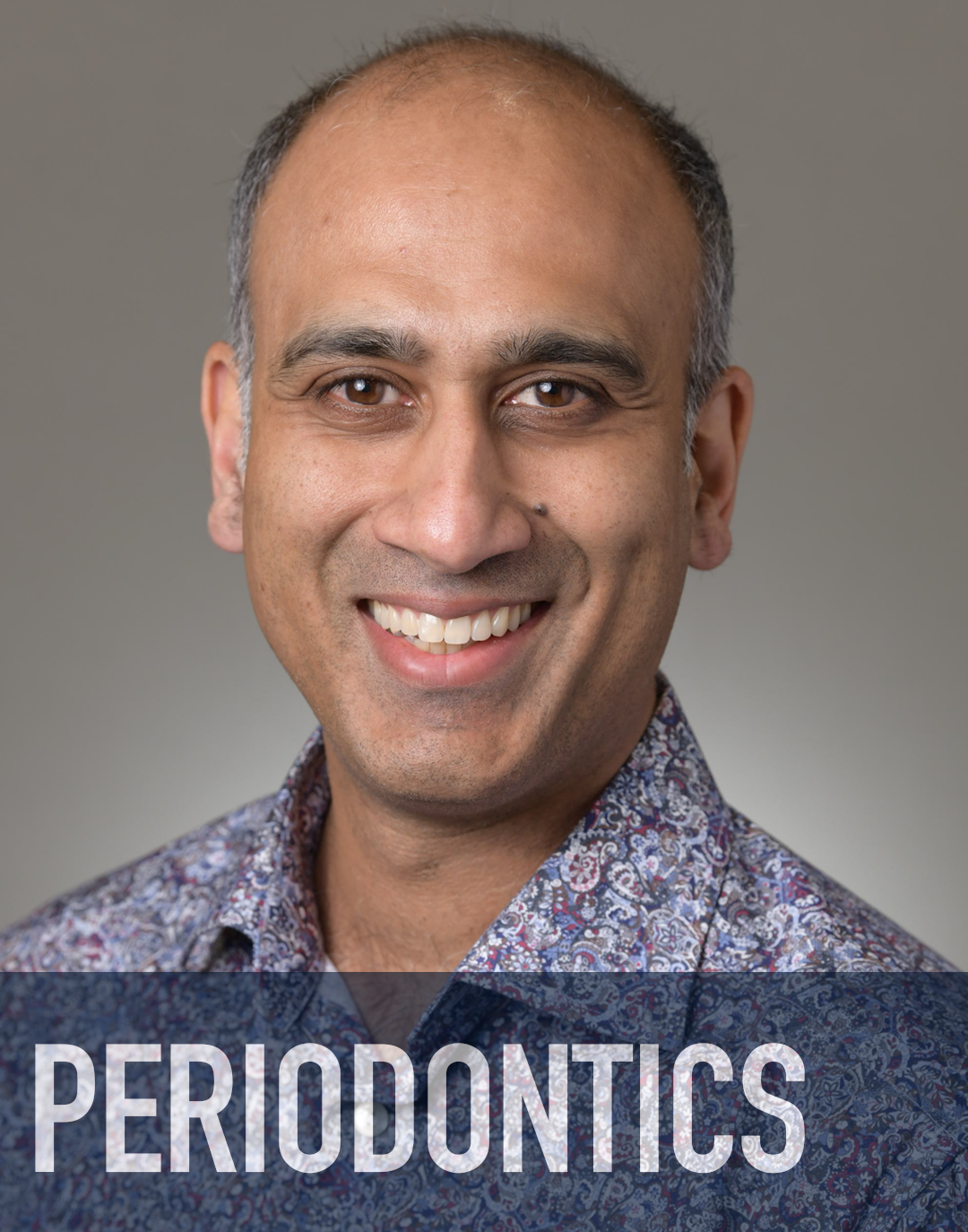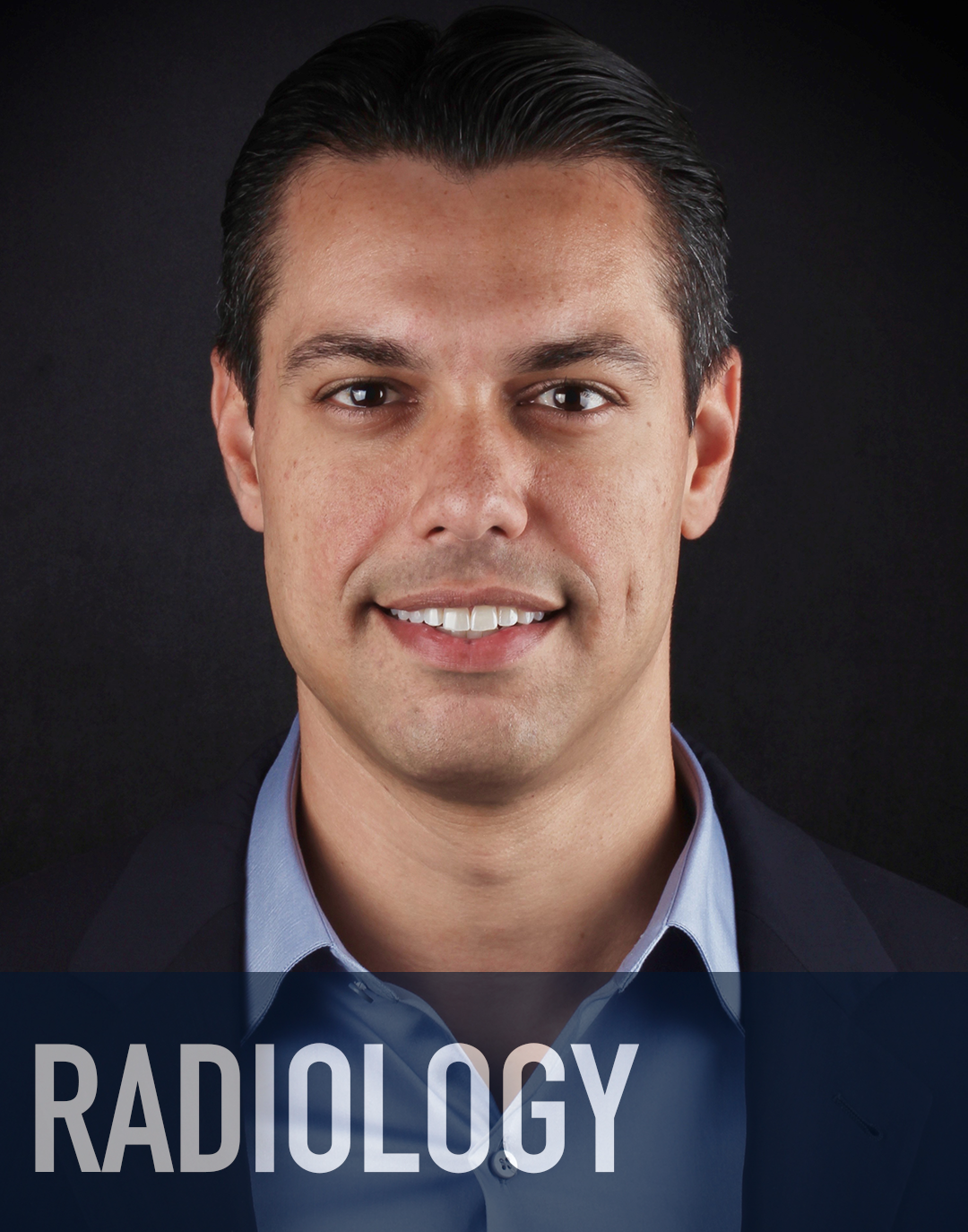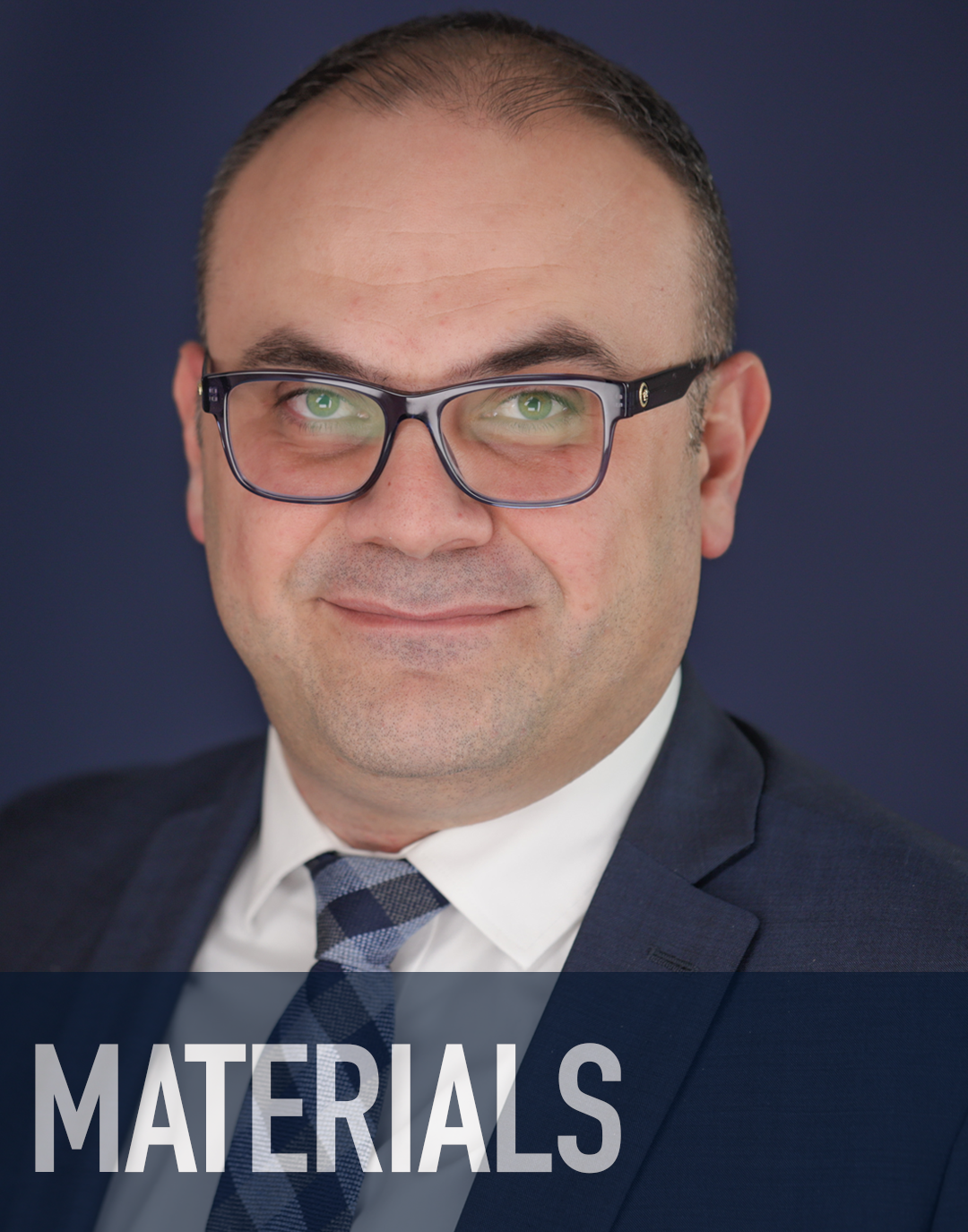
Day Four
Transformation
Celebrate the alchemy of change—from ordinary to extraordinary, with renewed purpose and meaning.
Saturday | January 27
Constructing (and Deconstructing) the Human Brain
-
Understand the fundamentals of human brain assembly both in vivo and in vitro using stem cell derived models (organoids and assembloids)
Learn about the applications of human cellular models for understanding human neuropsychiatric disorders.
-
A critical challenge in understanding the programs underlying development, assembly and disease of the human brain is the lack of direct access to intact, functioning human neural tissue for detailed investigation and manipulation. Dr Pasca will first describe how his laboratory has been leveraging instructive signals to develop, starting from human pluripotent stem cells, self-organizing neural organoids resembling specific domains of the nervous system. He will next introduce a novel self-organizing cellular preparation named an assembloid that he created to model cell migration and circuit in the developing human nervous system. Lastly, he will illustrate how organoids and assembloids can be used to study development, evolution and to model genetic neuropsychiatric disease.
Lecture up to .75 hour Basic Sciences, AGD Subject Code 010
-
Sergiu P. Pasca, MD is the Kenneth T. Norris, Jr. Endowed Professor of Psychiatry and Behavioral Sciences at Stanford University and the Uytengsu Family Founding Director of the Stanford Brain Organogenesis Program. He is a CZI Ben Barres Investigator and a Chan Zuckerberg BioHub Investigator.
Professor Pasca is a physician by training and he is interested in understanding the rules governing human brain assembly and the mechanisms of disease. His laboratory at Stanford introduced the use of instructive signals for reproducibly deriving self-organizing organoids that resemble domains of the human nervous system (now known as regionalized neural organoids), he pioneered a modular platform that he named assembloids to study migration and circuit formation, and he developed integrated human circuits in living animals following transplantation. Professor Pasca systematically applied these stem cell models to gain insights into human physiology, evolution and disease, including by developing new therapeutic approaches. He extensively supported hundreds of labs in implementing these techniques through courses and led group efforts with researchers around the world to advance this new research area.
Professor Pasca was named a Visionary in Medicine and Science by the New York Times. He is a Knight of the Order of Merit and a Doctor Honoris Causa. He was featured as a physician-scientist by Nature Medicine, was a NYSCF Robertson Investigator and a TED 2022 Speaker.
He is the recipient of the Vilcek Award for Creative Biomedical Promise (2018), the National Institute of Mental Health BRAINS Award (2015), the MQ Award for Transforming Mental Health (2014), the A.E. Bennett Award in Biological Psychiatry (2018), the Folch-Pi Neurochemistry Award (2017), the Günter Blobel Award for Cell Biology (2018), the Daniel E. Efron Award in Neuropsychopharmacology (2018), a Breakthrough in Life Sciences Prize (2020) from Falling Walls, the International Basic Science Schizophrenia Prize (2021), the Joseph Altman Award in Developmental Neuroscience (2021), the Theodore Reich Award (2021), the Judson Daland Prize from the American Philosophical Society (2021), the 13th IBRO-Kemali Neuroscience Award (2022), and the CINP Sumitomo/Sunovion Award (2023).
Sergiu P. Pasca, MD
Biomimetic Equations
-
Define biomimetic restorative dentistry.
Identify the foundations of esthetic treatment planning.
Understand the dentofacial digital diagnostic process step-by step.
-
Bonded ceramics seem to represent the ultimate biologic, functional, mechanical and esthetic restoration for compromised anterior teeth. Yet, the number of ultraconservative treatment strategies and materials continues to grow. The availability of various treatment alternatives often allows for selection of an approach that conserves the maximum amount of intact tissue and which complies with the biomimetic principle. Treatment options should always first include the simplest procedures such as chemical treatments and freehand composites and then progress toward more sophisticated restorative approaches such as bonded porcelain restorations. A common element in the equation of all restorative treatments, whether direct, semi-direct or indirect, is proper treatment planning through careful dentofacial digital diagnostics (the DDD) and subsequent wax-up and mock-up.
Lecture up to 1 hour
Operative (Restorative) Dentistry, AGD Subject Code 250 -
Dr Pascal Magne graduated from the University of Geneva Dental School, Switzerland, in 1989 with a Med. Dent. and obtained his Ph.D. degree in 2002. He received postgraduate training in fixed prosthodontics and occlusion, operative dentistry and endodontics, and was a lecturer at the same university beginning in 1989 until 1997. From 1997-1999, he was a Visiting Associate Professor at the Minnesota Dental Research Center for Biomaterials and Biomechanics, University of Minnesota, School of Dentistry. After concluding two years of research, Dr Magne returned to the University of Geneva Dental School and assumed the position of Senior Lecturer in the Division of Fixed Prosthodontics and Occlusion until his departure for USCSD. Dr Magne is a recipient of multiple awards from the Swiss Science Foundation, the Swiss Foundation for Medical-Biological Grants, and was the recipient of the 2002 Young Investigator Award from the International Association for Dental Research. He is also the author of numerous clinical and research articles on esthetics and adhesive dentistry and is an internationally known-lecturer on these topics.
Sam Alawie completed his Master Dental Technician degree in Brussels, Belgium in 1994. He migrated to the United States in 2003 and opened his own full-service dental laboratory in Beverly Hills, California. Sam is well-versed on the importance of technical clinical communications and their implementations for successful case planning and patient satisfaction. He is a keen and avid supporter and member of many study groups. He instructed various hands-on crown and bridge courses and hosted presentations throughout Europe and the United States.
Pascal Magne, DMD, MSc, PhD; Sam Alawie, MDT
The Ideal vs. the Practical
Symposium 2024 will feature a new and very unique approach to comprehensive treatment planning sessions. Instead of having our traditional two-team face-off, we have invited one team of exceptional clinicians to synthesize their clinical ideas in an interdisciplinary fashion. They will treatment plan a complex case ideally, and will also develop an alternative phased approach to manage more commonplace financial obstacles.
Part 1: Case Introduction
The treating clinician will present all of the initial documentation in a comprehensive-moderately, complex case.
Alvaro Blasi, DDS, CDT
Part 2: Interdisciplinary Perspectives
A panel of six expert dental specialists will review the case prior to this session and provide a 10-minute mini-presentation outlining the most important specialist considerations in treatment planning the case.
Vinay Bhide, DDS, MSc
Danielle Fry, DMD, MS
Baber Khatib, DDS, MD
Vinícius Machado, DDS, MSc
Judy McIntyre, DMD, MS
Taiseer Sulaiman, DDS, PhD
Part 3: Team Treatment Planning
The interdisciplinary team will present ideal and alternative treatment plans.
Rodrigo S. Cunha, DDS, MSc, PhD
Drew Ferris, DDS, MS
David Lee Hill, Jr., DDS
Silvia La Rosa, DDS
Naif Sinada, DMD, MS
Part 4: Case Plan & Treatment Rendered
The treating clinician will present the actual case plan and all of the active treatment rendered.
Part 5: Audience Q&A
Lecture up to 2.5 hours
Multi-disciplinary Topics, AGD Subject Code 149
Identify ways for “phased” treatment in gaining more predictable patient case acceptance.
Understand ways to phase treatment in more complex and cost-prohibitive cases.














